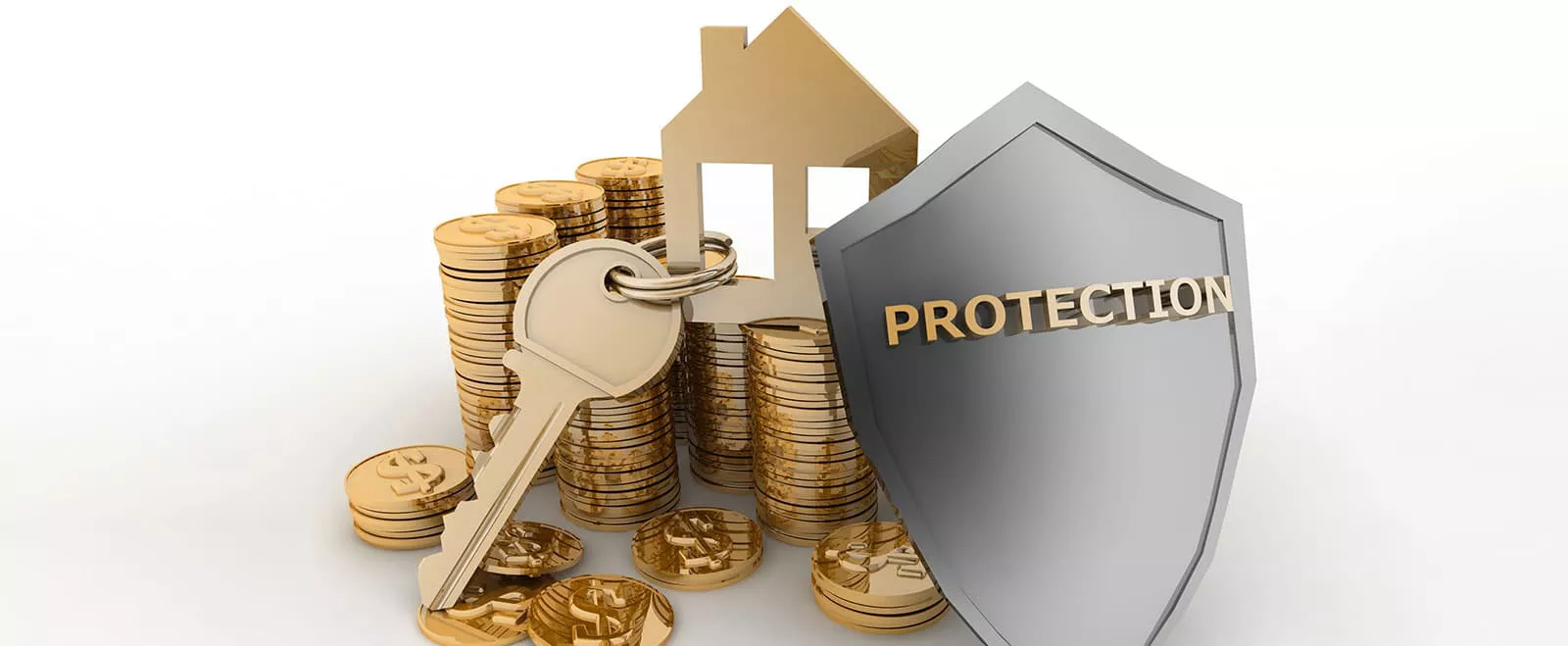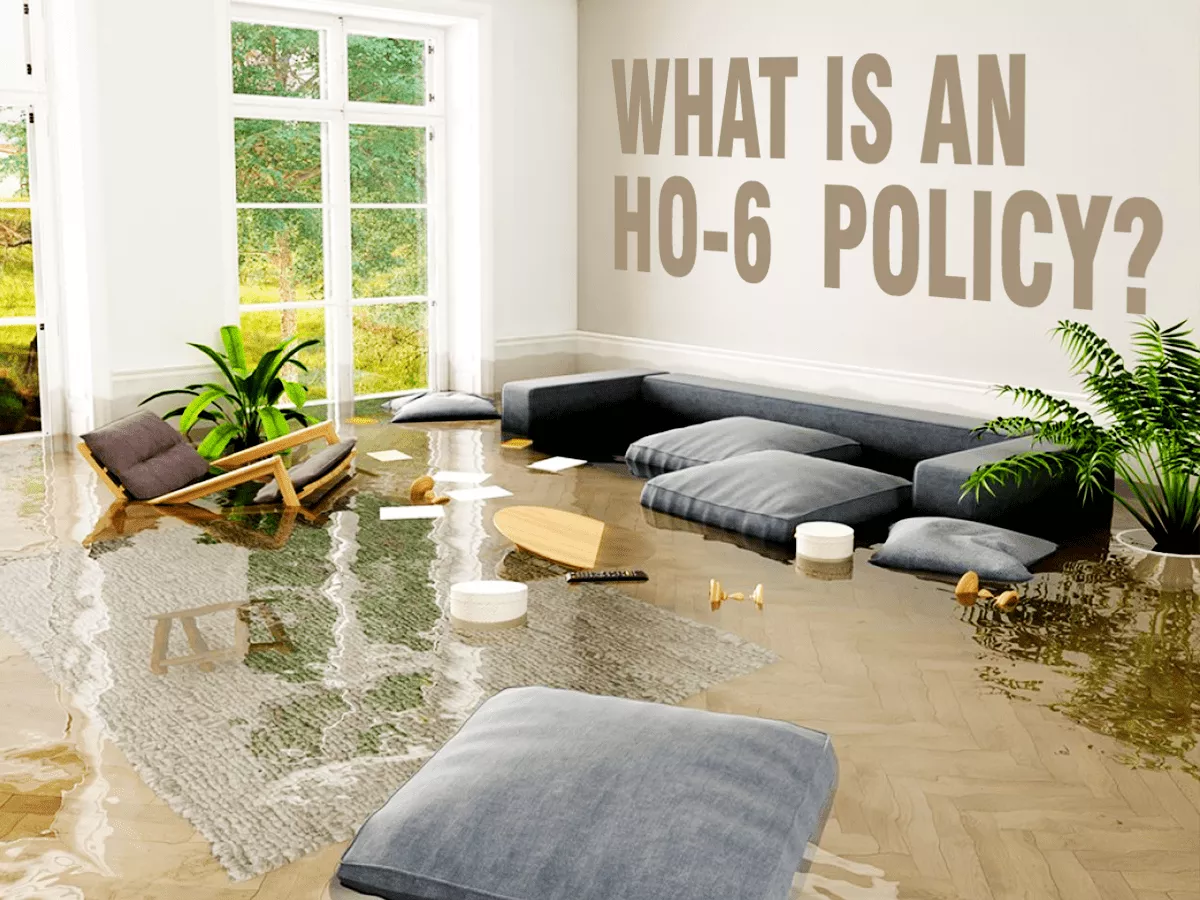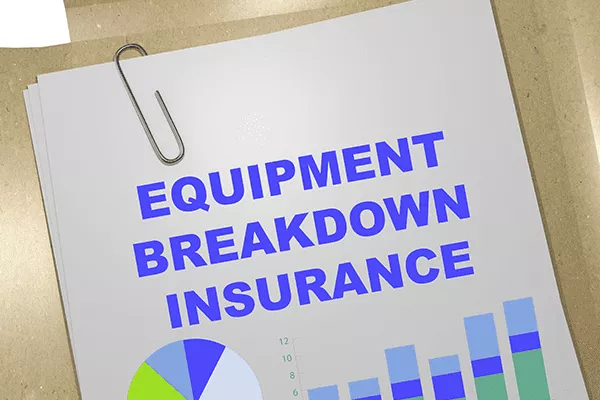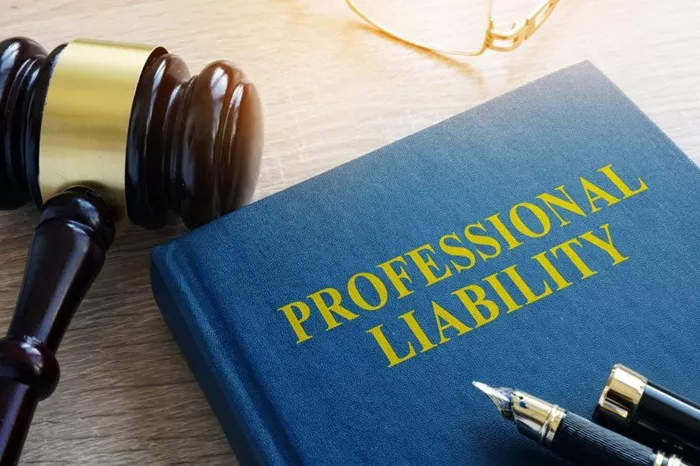Homeowners insurance is more than just a safety net for your home structure; it’s also vital for protecting your personal belongings. One key feature of this coverage is personal property protection. Understanding what this protection entails, how it works, and why it’s crucial can help you safeguard your assets effectively. This article will explore personal property protection in detail, highlighting its benefits, how it functions, and answers to common questions.
What is Personal Property Protection?
Understanding Personal Property Protection
Personal property protection is a component of homeowners insurance that covers the loss or damage to your personal belongings. This includes items like furniture, electronics, clothing, and valuables. Whether due to theft, fire, or other covered perils, this protection ensures you are compensated for the value of your possessions.
Types of Personal Property Coverage
Replacement Cost Coverage: Provides compensation to replace lost or damaged items with new ones of similar kind and quality. This option typically offers higher benefits but may come with a higher premium.
Actual Cash Value Coverage: Offers compensation based on the current market value of the items minus depreciation. This type of coverage generally costs less but may not fully cover the replacement cost.
How Personal Property Protection Works
Inventory Your Belongings: Create a detailed list of your personal property, including descriptions, values, and receipts if available. This inventory helps ensure you’re adequately covered.
Review Your Policy Limits: Check your policy’s coverage limits to ensure they align with the value of your belongings. Most standard policies have limits for high-value items, which might require additional coverage.
File a Claim: In case of loss or damage, file a claim with your insurance provider. Provide detailed information about the incident and any supporting documentation, such as police reports or repair estimates.
Assessment and Settlement: An insurance adjuster will assess the damage and determine the compensation based on your policy’s terms. If the claim is approved, you’ll receive a payout to cover the loss or damage.
Why Personal Property Protection is Crucial
Safeguard Your Assets
Personal property protection is essential for safeguarding your belongings from unexpected events. Without this coverage, you could face significant out-of-pocket expenses for replacing or repairing your possessions.
Peace of Mind
Knowing that your personal belongings are protected provides peace of mind. Whether dealing with a burglary, fire, or natural disaster, this coverage ensures that financial strain is minimized, allowing you to focus on recovery.
Broad Coverage Scope
Personal property protection covers a wide range of scenarios, including theft, fire, vandalism, and certain types of water damage. This broad scope ensures you’re covered for various risks that could affect your belongings.
see also:How Much Should I Pay for House Insurance?
How to Maximize Your Personal Property Protection
Keep an Updated Inventory
Regularly update your inventory list to reflect any new purchases or changes in value. This helps ensure that your coverage remains adequate and that you’re compensated fairly in the event of a claim.
Consider Additional Coverage
For high-value items such as jewelry, art, or collectibles, consider additional coverage options like endorsements or riders. These options provide higher limits and more comprehensive protection for valuable items.
Secure Your Home
Implement security measures such as alarm systems, locks, and fire detectors to reduce the risk of loss or damage. A safer home can lower the likelihood of claims and potentially reduce your insurance premium.
Real-Life Scenarios and Benefits
Scenario 1: Theft of Electronics
Imagine your home is broken into, and valuable electronics like a laptop or smartphone are stolen. Personal property protection would cover the replacement cost or actual cash value of these items, depending on your policy.
Scenario 2: Fire Damage
In the event of a fire, personal property protection helps cover the cost of replacing damaged or destroyed items. This ensures that you’re not financially burdened by the loss and can restore your home to its previous state.
Scenario 3: Water Damage
If a burst pipe causes water damage to your furniture and appliances, personal property protection can cover the repair or replacement costs. This coverage ensures that you’re compensated for damages resulting from covered water events.
FAQs
1. What is personal property protection in homeowners insurance?
Personal property protection is coverage within homeowners insurance that compensates you for the loss or damage of personal belongings such as furniture, electronics, and clothing.
2. How does replacement cost coverage differ from actual cash value coverage?
Replacement cost coverage provides funds to replace items with new ones of similar kind and quality, while actual cash value coverage accounts for depreciation, offering compensation based on current market value minus wear and tear.
3. What should I include in my personal property inventory?
Include detailed descriptions, values, purchase dates, and receipts for all significant items. This inventory helps ensure accurate coverage and supports your claim if needed.
4. Are there any limits on personal property coverage?
Yes, standard policies often have limits for certain high-value items. Check your policy details and consider adding endorsements or riders for additional protection on valuable items.
5. How can I file a personal property claim?
Report the incident to your insurance provider, gather evidence and documentation, and provide a detailed account of the loss or damage. An adjuster will review your claim and determine the compensation amount.
Conclusion
Personal property protection is an essential aspect of homeowners insurance, offering vital coverage for your belongings against various risks. By understanding this coverage, maintaining an updated inventory, and considering additional protection for valuable items, you can ensure comprehensive safeguarding of your assets. Regularly review your policy and consult with your insurance agent to make informed decisions about your coverage. With robust personal property protection, you can confidently manage risks and focus on enjoying your home and belongings.





















